From Rolex to Omega to Ulysse Nardin, anti-magnetism is a feature that many watchmakers like to boast about, almost as much as waterproofing or shockproofing. This is enough to show that magnetism can damage watches, but it also makes you wonder: why?
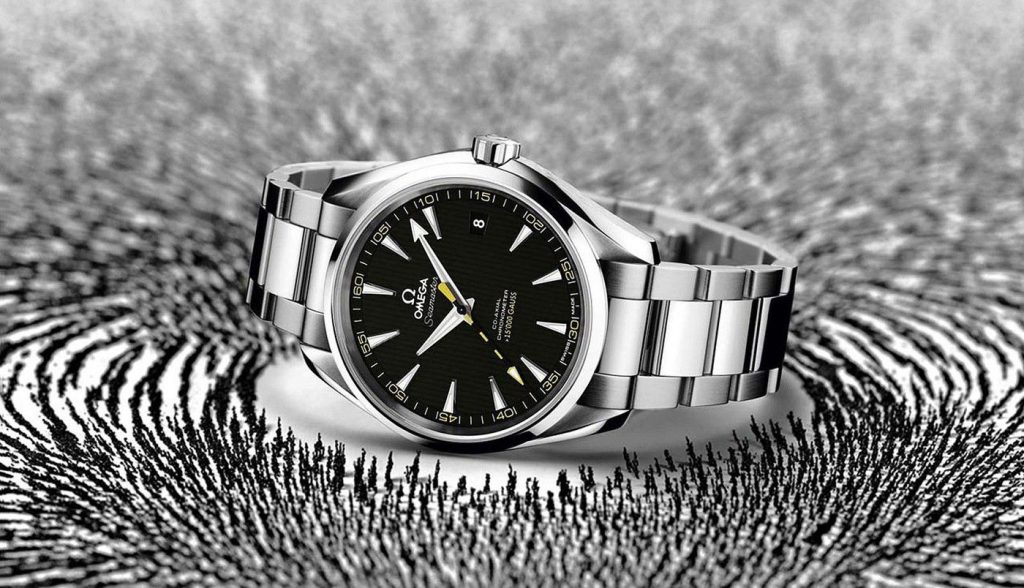
The root of the problem lies in the balance spring, a flat coil that sets the frequency and ensures that the escapement transfers the spring’s energy to the rest of the watch by oscillating back and forth. The balance spring is responsible for keeping the watch constant, and it is very fragile and the most likely to become magnetized.
Most commonly, when the balance spring is magnetized, and the coils are close together, parts of the structure will stick together, the balance spring will become shorter, the vibration frequency will increase, and the watch will run faster. The size of the problem depends on the strength of the magnetization. Too close to a mobile phone screen may not have a pronounced effect for a few minutes; put the watch on a tremendous speaker, and it will run faster than an Olympic sprinter.
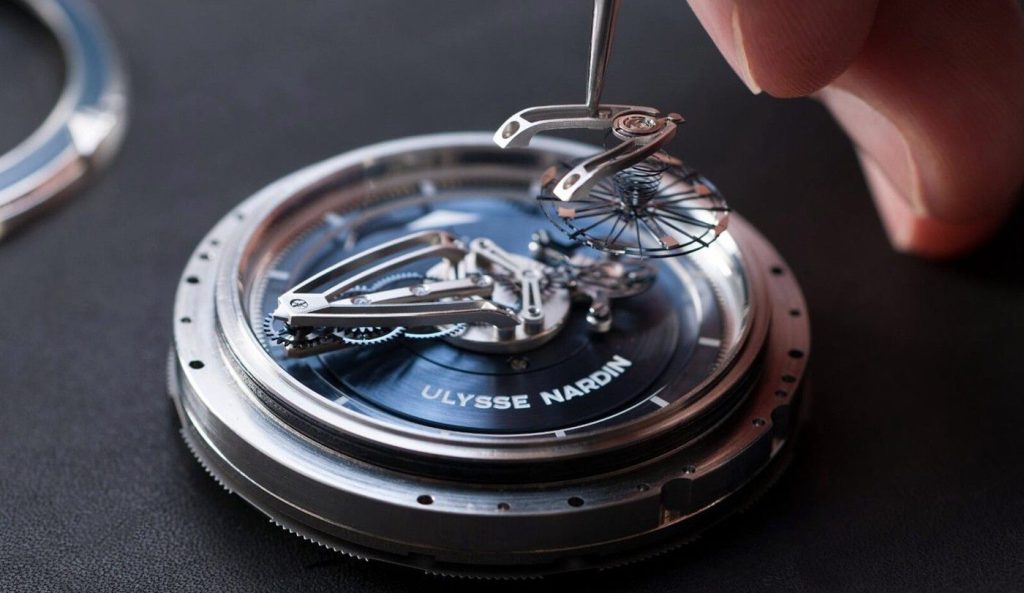
The time error can range from a relatively invisible average of 15-20 seconds per day to tens of minutes per hour. If the situation worsens, it may lock the spring and stop the watch completely. That’s not good.
Of course, there are other problems. Magnetization also affects the temperature compensation of the mainspring, so particularly hot or cold weather can impair a watch’s timekeeping. For more complex watches, the problem can take many forms. Fake watches for sale.
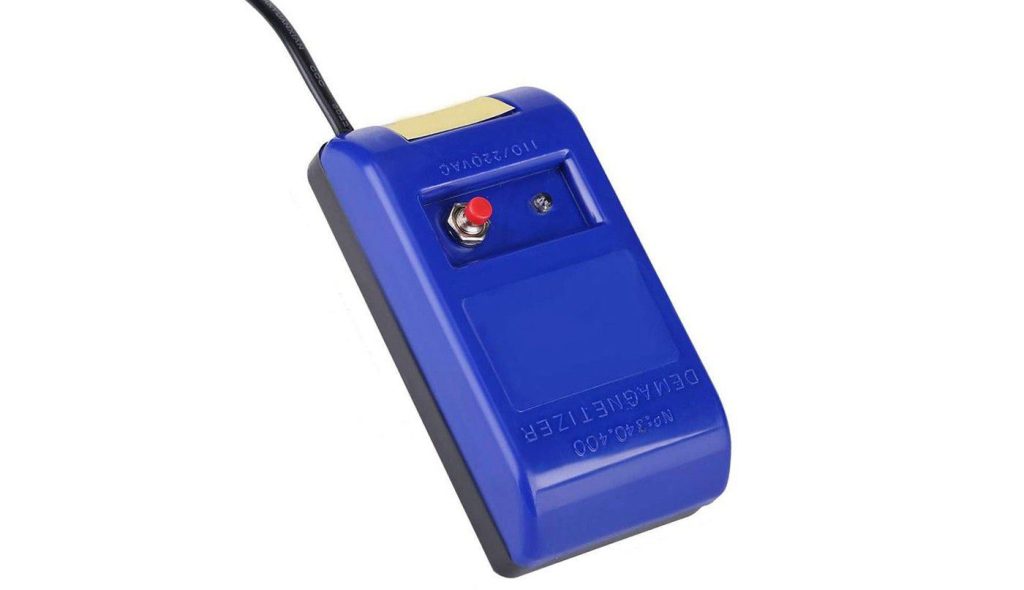
A simple tool to demagnetize a watch
However, this is easier said than done. The magnets in speakers and motors are relatively large and easy to avoid, but tiny rare earth magnets are everywhere: mobile phones, laptops, refrigerator doors. Fortunately, it’s easy to fix the problem. No need to disassemble the watch; buy a cheap demagnetizer online or, if you’re still using an old CRT monitor, use its demagnetization function by holding the watch close to the screen. Fix it, fix it, avoid damage. The premise is that you only go to bed after noticing the timekeeping problem.
Either way, it’s frustrating when the problem occurs, especially if it takes many days to notice. Even if the solution is simple, wouldn’t it be better if it didn’t happen in the first place? This is what watchmakers have been working towards for centuries.
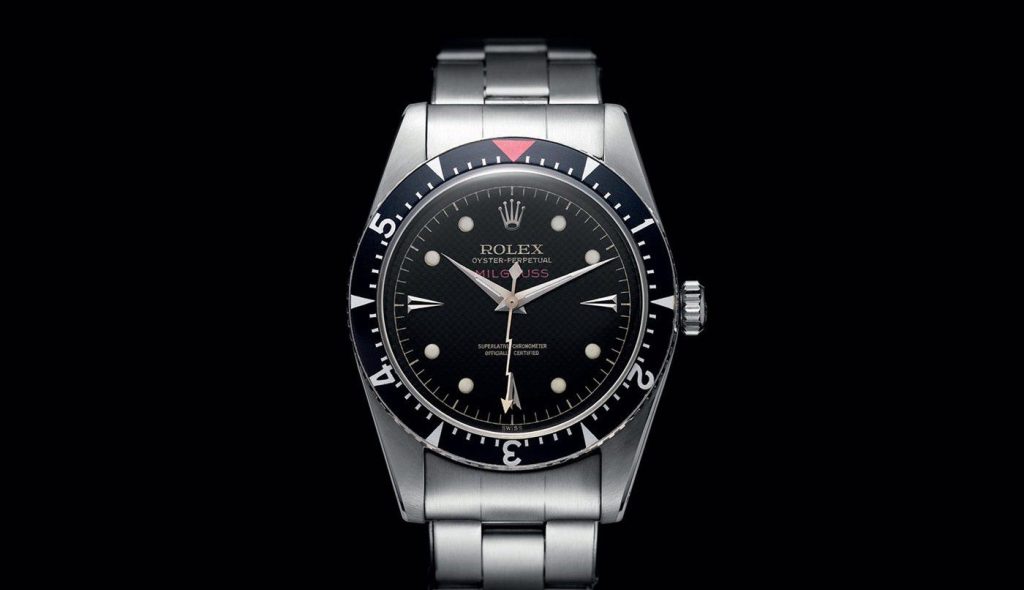
Rolex Milgauss 116400
There are many ways to prevent magnetism; the traditional one is a soft iron inner case. As early as 1884, C. K. Giles of Chicago obtained a patent. The soft iron inner case can protect more delicate parts from magnetic interference, which is quite ingenious. However, there were few magnets in the surrounding environment, so this concept had little impact. Not until the advent of magnetized radar systems in World War II did anti-magnetic watches become necessary for pilots. In 1948, the British Ministry of Defense commissioned Jaeger-LeCoultre and IWC to produce the legendary Mk 11 watch.

Large Hadron Collider
The most famous anti-magnetic watch is the Rolex Milgauss. As the name suggests, it is designed to withstand magnetic fields of 1,000 gauss. In 1956, the watch was developed for the European Particle Physics Laboratory (CERN) and has a built-in Faraday cage for protection. Decades later, Rolex still cooperates with CERN. Rolex replica watches.
Of course, the simplest way is to ensure that the delicate parts of the watch are not magnetized. As early as 1846, Vacheron Constantin experimented with the technology by using a palladium hairspring, but it was not until 1915 that the first anti-magnetic pocket watch was successfully manufactured.

Rolex Milgauss brochure cover from 1960
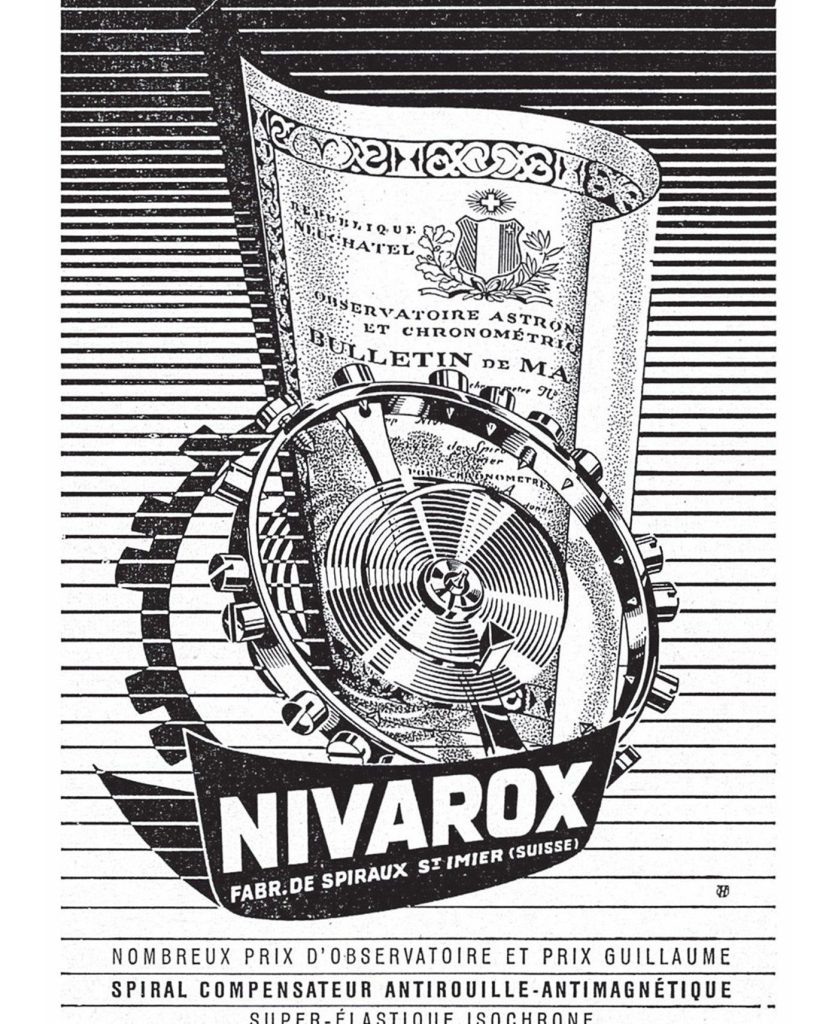
Nivarox advertisement from the 1950s
The most significant leap forward in anti-magnetic technology for watchmaking was the introduction of the Nivarox hairspring, a nickel-iron alloy that was more durable than steel. It quickly replaced the former, even in affordable watches. Today, Nivarox has become one of the most popular hairspring materials, but unlike silicon, it could be better and still magnetizes.
Silicon has many precision advantages, including being more assertive, requiring no lubrication, being lighter and stiffer than steel, and being completely anti-magnetic. Although not as easy to adjust, it is also lighter and stiffer than steel and completely anti-magnetic. In 2001, Ulysse Nardin launched the phenomenal Freak watch, the world’s first to use a silicon hairspring.
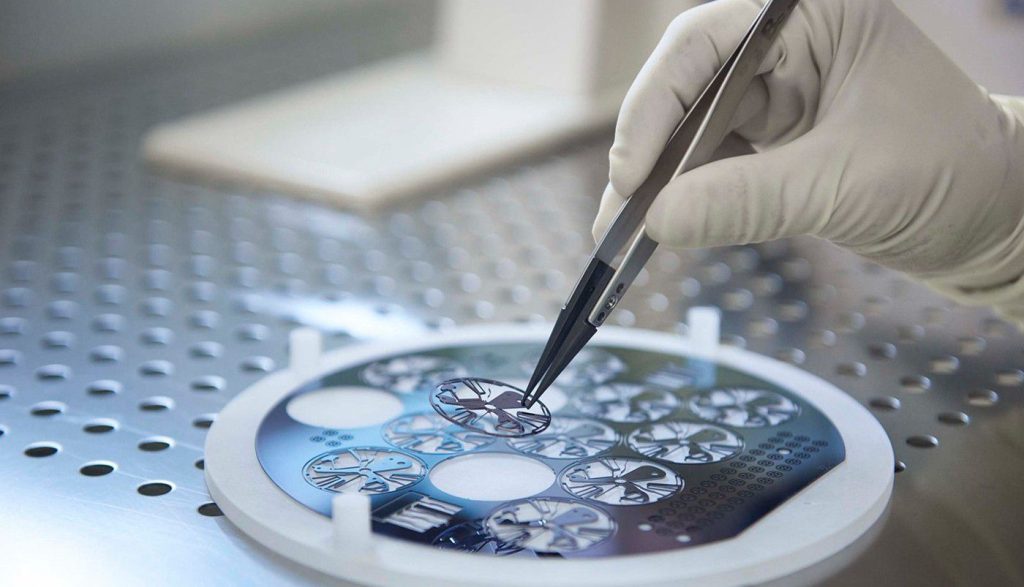
It was a perfect choice, and Omega and other brands under the Swatch Group have embraced the material. Rolex is no exception, although it has only tried it briefly. Silicon is expensive compared to Nivarox, so not all Sellita or Miyota movements have silicon balance springs.
With materials and performance advancing by the day, the Rolex Milgauss can withstand 1,000 gauss, while the Omega Seamaster Aqua Terra can withstand 15,000 gauss. This level of protection would make you think that it is necessary for daily wear, but it is not. 5 Gauss is considered safe, and unless the watch is placed in an MRI machine, all you need is a watch that meets the ISO 764 standard of 60 Gauss.
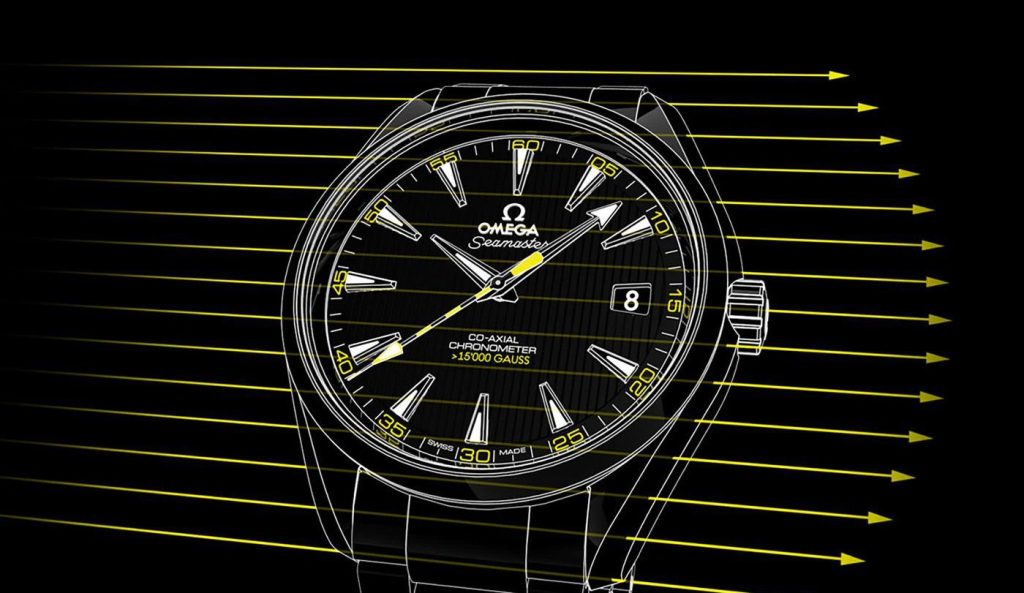
Still, for some collectors, more is better. Ready to take a shallow dip? Then, it’s best to get an Ultra Deep or Deepsea Challenge watch. Over-promotion of resistance is nothing new, even if it’s fundamentally meaningless.